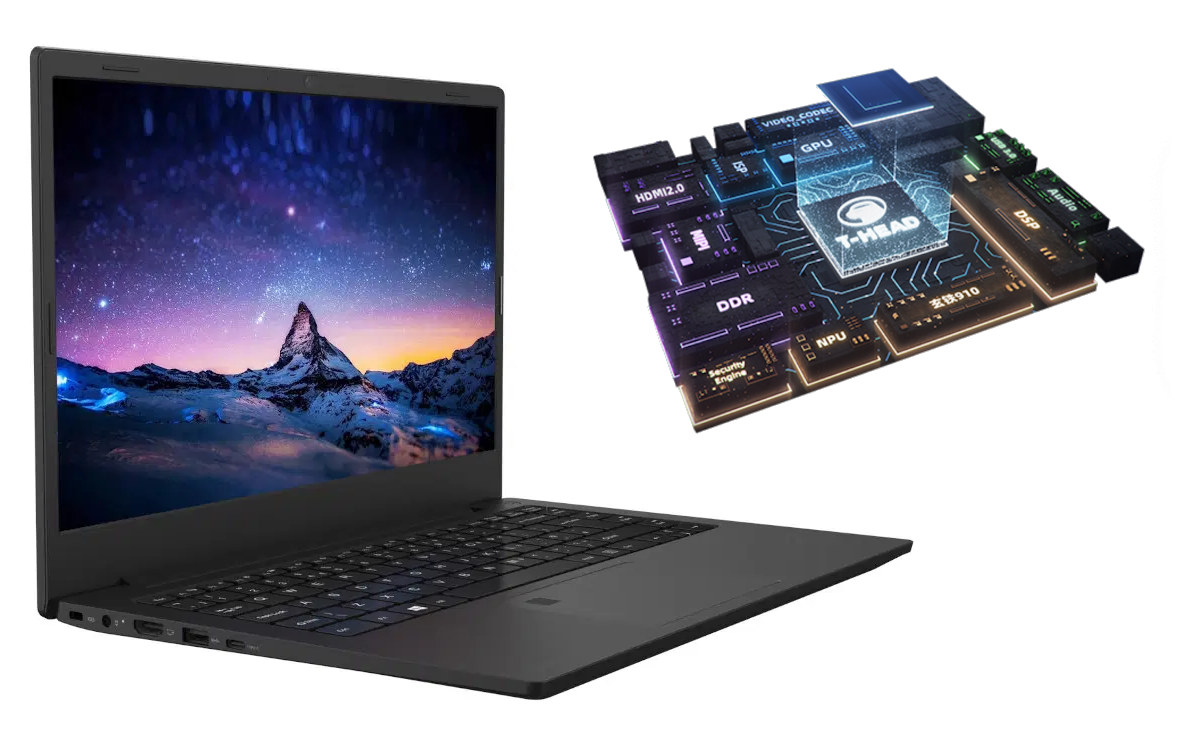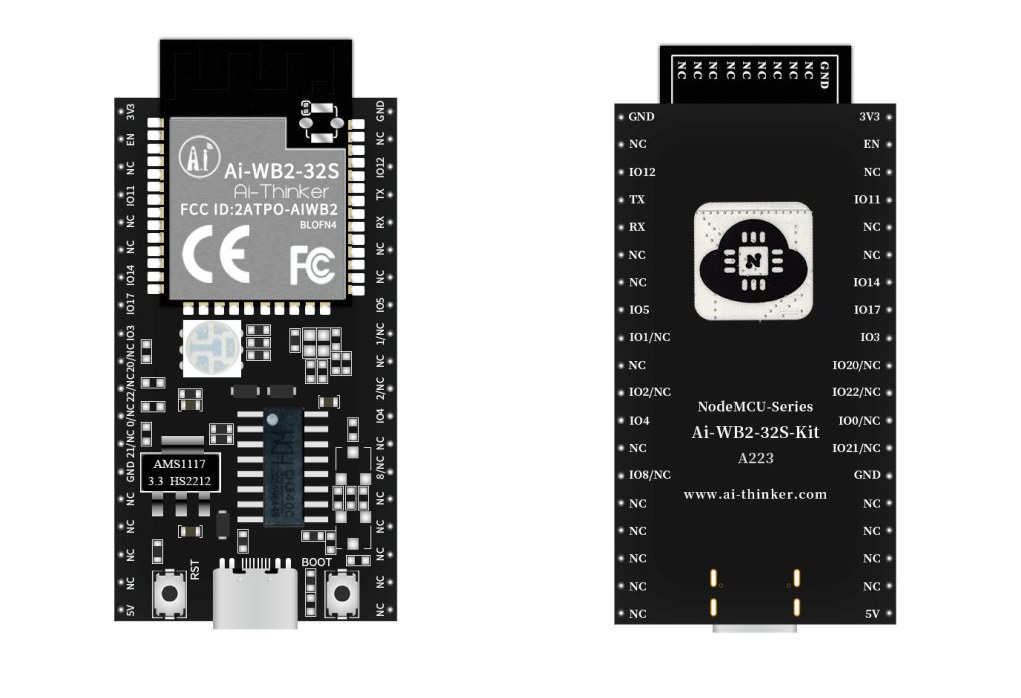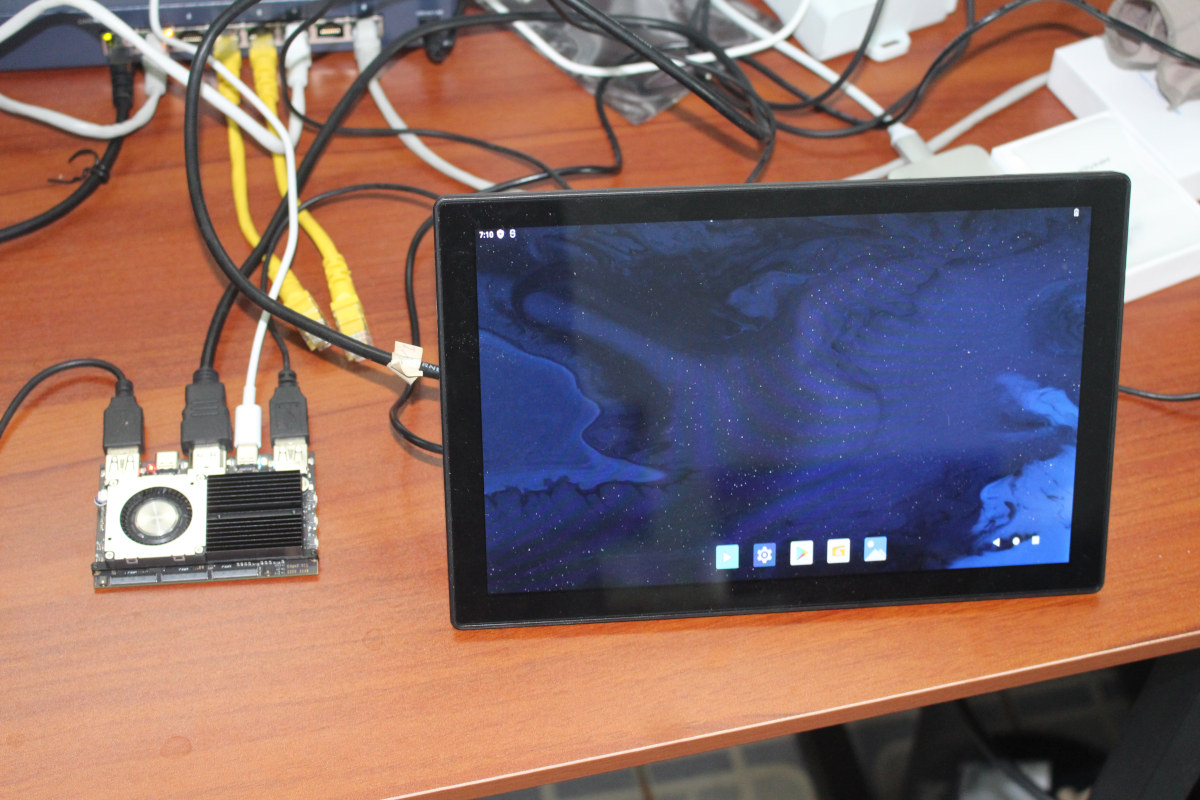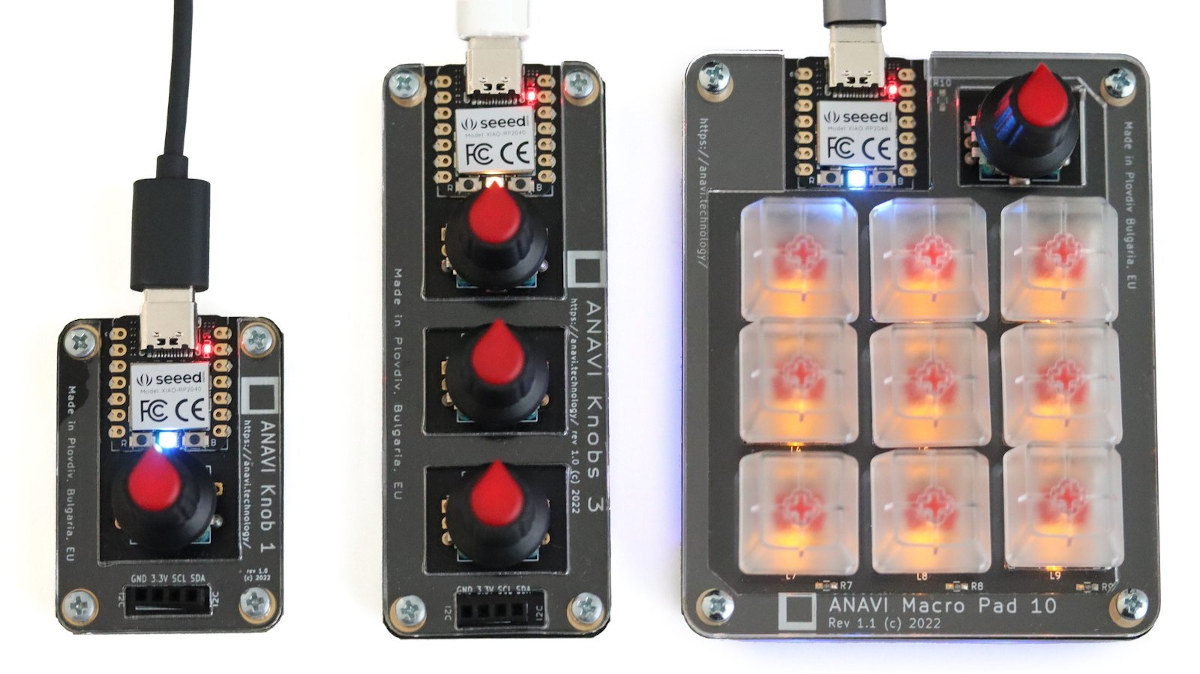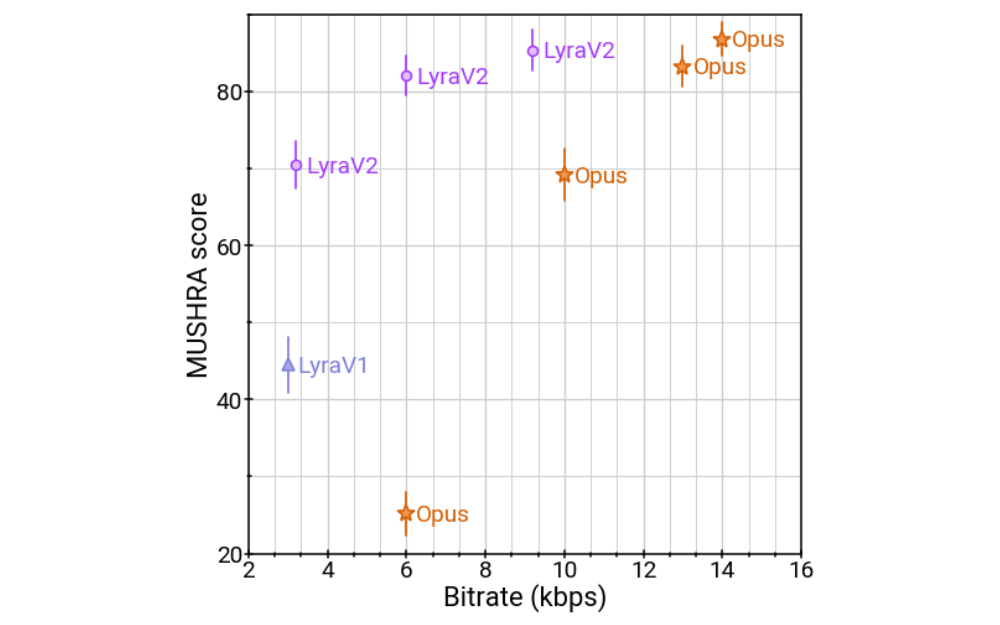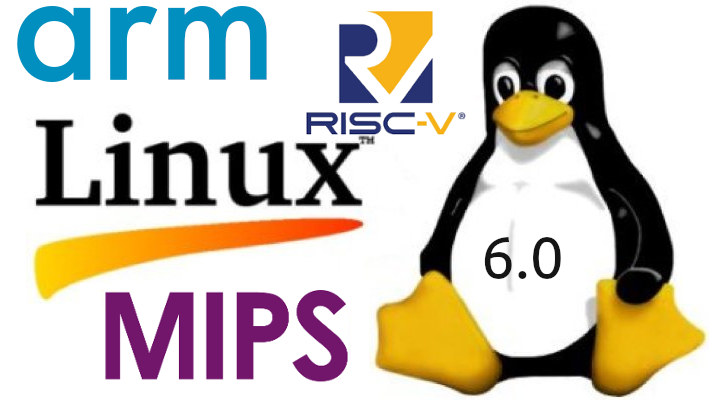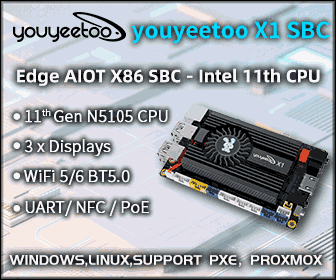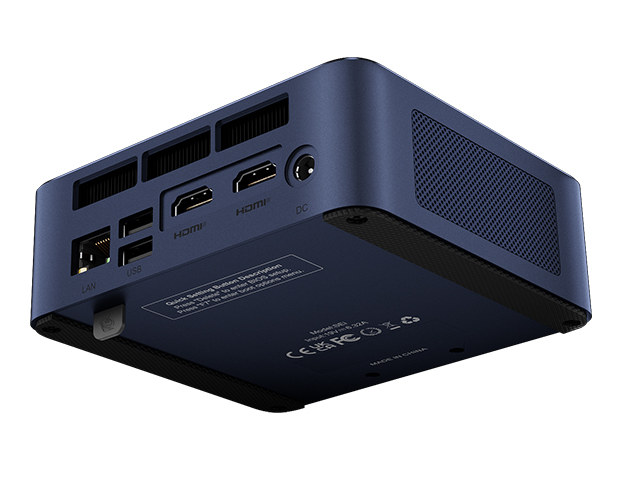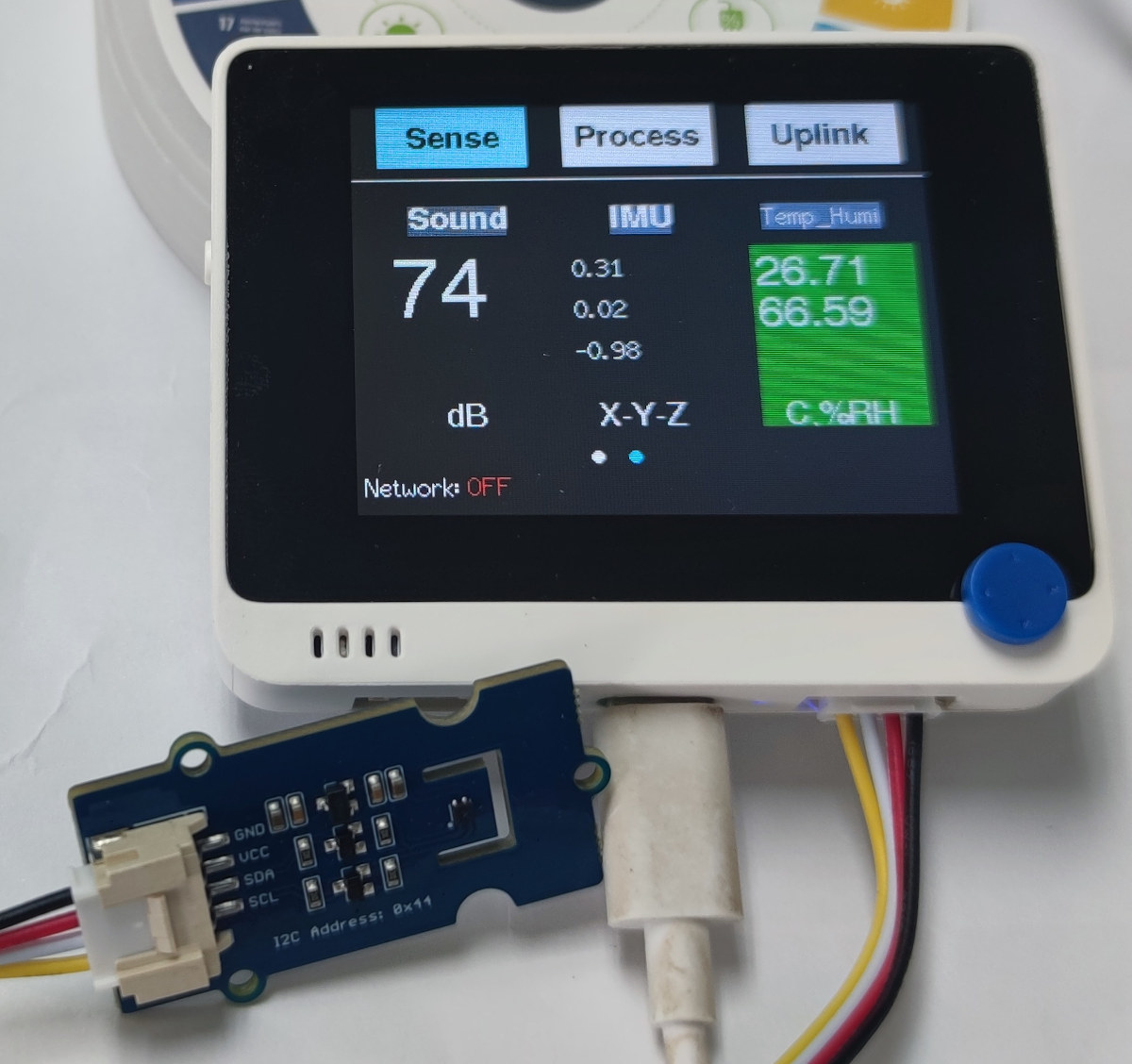The ROMA RISC-V laptop was announced this summer with an unnamed RISC-V processor with GPU and NPU. We now know it will be the Alibaba T-Head TH1520 quad-core Xuantie C910 processor clocked at up to 2.5GHz with a 4 TOPS NPU, and support for 64-bit DDR at up 4266 MT. The TH1520 is born out of the Wujian 600 platform unveiled by Alibaba in August 2022, and is capable of running desktop-level applications such as Firefox browser and LibreOffice office suite on OpenAnolis open-source Linux-based operating system launched by Alibaba in 2020. So that means we now have a better idea of the specifications of the ROMA RISC-V developer laptop: SoC – Alibaba T-Head quad-core RISC-V Xuantie C910 processor @ 2.5 GHz, unnamed Imagination GPU for graphics, 4 TOPS NPU for AI System Memory – Up to 16GB LPDDR4/LPDDR4X RAM Storage – Up to 256GB eMMC flash Display – 14.1-inch […]
AI Thinker Ai-WB2 modules feature BL602 RISC-V MCU with WiFi and BLE connectivity
AI Thinker has just introduced a new family of wireless IoT modules with the Ai-WB2 equipped with Bouffalo Lab BL602 RISC-V microcontroller offering both 2.4 GHz WiFi 4 and Bluetooth 5.0 LE connectivity. There are ten different modules to choose from, probably to keep mechanical and electrical compatibility with ESP8266 and ESP32 modules, and the company expects customers to integrate those into Internet of Things (IoT) products, mobile devices, wearables, Smart Home appliances, and more. Ai-WB2 modules share the following specifications: Wireless MCU – Bouffalo Lab BL602 32-bit RISC-V microcontroller @ up to 192 MHz with 276KB SRAM, 2.4 GHz WiFi 4 and Bluetooth 5.0 LE connectivity Storage – 2MB or 4MB SPI flash WiFi range – Up to about 500 meters (typical) I/Os – SDIO, SPI, UART, I2C, IR receiver, PWM, ADC, DAC, and GPIO (except Ai-WB2-01S with just UART/PWM/GPIO/ADC) Power Supply – 2.7V to 3.6V > 500mA Power […]
Khadas Edge2 review with Android 12
We’ve already reviewed Khadas Edge2 Pro with Ubuntu 22.04, and I’ve now had time to test the ultra-thin Rockchip RK3588S SBC with Android 12, so I’ll report my experience checking out the features, running some benchmarks, playing videos and games, etc… Flashing Android 12 to Khadas Edge2 board Our board was running Ubuntu 22.04, so in order to enter OOWOW firmware system, I had to keep pressing the function key (middle), then shortly press the reset button, before releasing the function key and entering the OOWOW interface. We can see the Android 11 image from the list we saw last month is gone for good, and a new Android 12 image dated September 20, 2022 is available. I selected that one, and OOWOW downloaded the files and flashed it to the board. Within five minutes, Android 12 was up and running on the board. As somebody who had spent several […]
ANAVI Macro Pad 10 & Knobs input devices run KMK firmware on Raspberry Pi RP2040 (Crowdfunding)
ANAVI Macro Pad 10, Knobs 3, and Knob 1 are open-source hardware input devices based on the Raspberry Pi RP2040-powered Xiao RP2040 mini module, and equipped with mechanical keys and/or rotary encoders Leon Anavi has some experience under his belt with the earlier Macro Pad 2 and Macro Pad 8 open-source keypads with mechanical keys running QMK open-source firmware on a Microchip 8-bit microcontroller. The new models switch the MCU to the Raspberry Pi RP2040 and to KMK open-source firmware written in CircuitPython. ANAVI Macro Pad 10 specifications: MCU module – Seeed Studio XIAO RP2040 with Raspberry Pi RP2040 dual-core Cortex-M0+ microcontroller @ up to 133 Mhz with 264KB SRAM, 2MB SPI flash, USB Type-C port Inputs – Rotary encoder with clickable switch and nine hot-swappable Cherry MX-style switches Keys – 9x Gateron red, linear, non-clicky mechanical switches and transparent keycaps with yellow LED backlighting Host interface – USB Type-C […]
Lyra V2 open-source audio codec gets faster, higher quality and compatible with more platforms
Lyra V2 is an update to the open-source Lyra audio codec introduced last year by Google, with a new architecture that offers scalable bitrate capabilities, better performance, higher quality audio, and works on more platforms. Under the hood, Lyra V2 is based on an end-to-end neural audio codec called SoundStream with a “residual vector quantizer” (RVQ) sitting before and after the transmission channel, and that can change the audio bitrate at any time by selecting the number of quantizers to use. Three bitrates are supported: 3.2 kps, 6 kbps, and 9.2 kbps. Lyra V2 leverages artificial intelligence, and a TensorFlow Lite model enables it to run on Android phones, Linux, as well as Mac and Windows although support for the latter two is experimental. iOS and other embedded platforms are not supported at this time, but this may change in the future. It gets more interesting once we start to […]
Linux 6.0 release – Main changes, Arm, RISC-V, and MIPS architectures
Linux 6.0 has just been released by Linus Torvalds: So, as is hopefully clear to everybody, the major version number change is more about me running out of fingers and toes than it is about any big fundamental changes. But of course there’s a lot of various changes in 6.0 – we’ve got over 15k non-merge commits in there in total, after all, and as such 6.0 is one of the bigger releases at least in numbers of commits in a while. The shortlog of changes below is only the last week since 6.0-rc7. A little bit of everything, although the diffstat is dominated by drm (mostly amd new chip support) and networking drivers. And this obviously means that tomorrow I’ll open the merge window for 6.1. Which – unlike 6.0 – has a number of fairly core new things lined up. But for now, please do give this most […]
Beelink SEi12 mini PC features an Intel Core i5-1235U Alder Lake CPU
Beelink SEi12 mini PC is powered by an Intel Core i5-1235W Alder Lake U-Series 10-core hybrid processor with a 15W processor base power (PBP), making it one of the first 12th generation Alder Lake-U mini PCs. The computer ships with 16GB or 32GB dual-channel RAM, a 500GB PCIe 4.0 M.2 NVMe SSD, and provides two HDMI 2.0 ports, Gigabit Ethernet, WiFi 6 & Bluetooth 5.2 connectivity, as well as five USB ports for expansion. Beelink SEi12 i5-1235U specifications: SoC – Intel Core i5-1235U 10-core/12-thread hybrid Alder Lake U-Series processor with 2x Performance cores @ 1.3/4.4GHz, 8x Efficient cores @ 0.9/3.3GHz, 12 MB Intel Smart Cache, 80EU Iris Xe Graphics @ 1.2 GHz; BPB: 15W System Memory – Dual-channel 16GB (2x 8GB) or 32GB (2 x 16GB) Crucial DDR4; upgradeable to 64GB Storage – 500GB PCIe 4.0 Kingston M.2 2280 NVMe SSD up to 7,000MB/s read speed Video Output – 2x […]
Using SenseCraft firmware for no-code programming on Wio Terminal
In the conclusion of our SenseCAP K1100 Sensor Prototype kit review with LoRaWAN and Vision AI, the author suggested that it would be great if SeeedStudio could develop a new firmware that can connect without coding instead of using Arduino programming: I had to rely on my knowledge and experience with LoRaWAN to transmit data wirelessly over long distances. That’s because LoRaWAN has a more complicated connection process than Wi-Fi or Bluetooth. It would be great if Seeed Studio could develop a new firmware that can connect without any coding It did not take long, as SeeedStudio very recently released the first version of SenseCraft open source smart sensor software for no-code sense, process, and uplink that happens to be compatible with the Wio Terminal part of the SenseCAP K1100 development kit. So let’s test the new SenseCraft firmware together. SenseCraft navigation keys We can use Wio Terminal’s joystick as follows: […]


